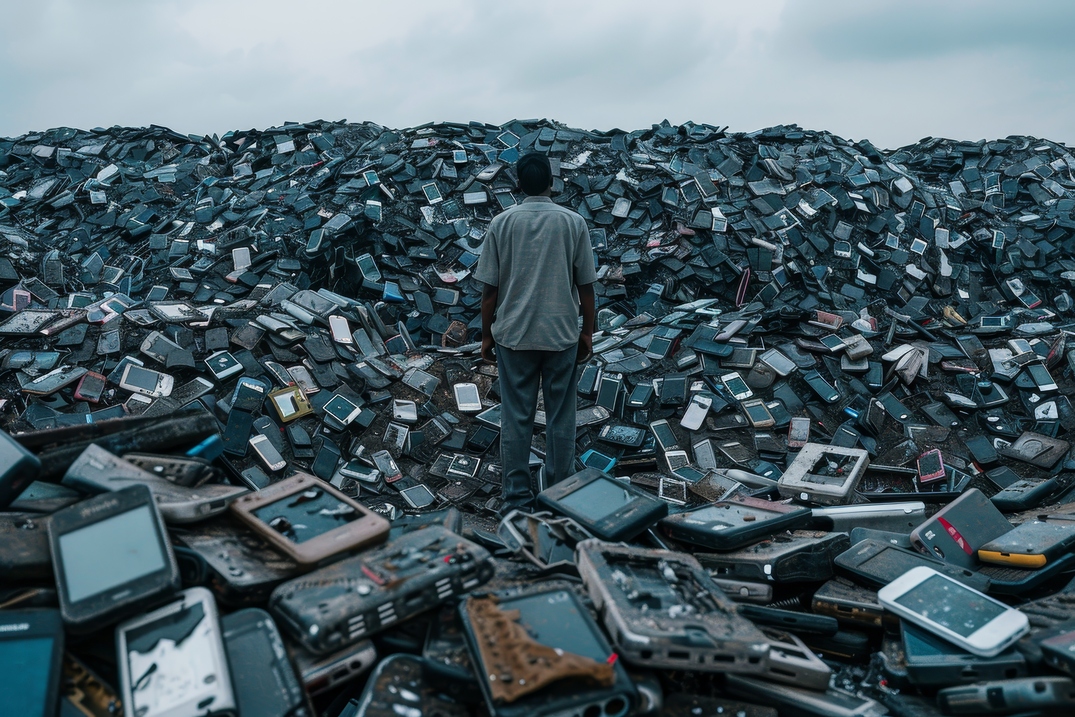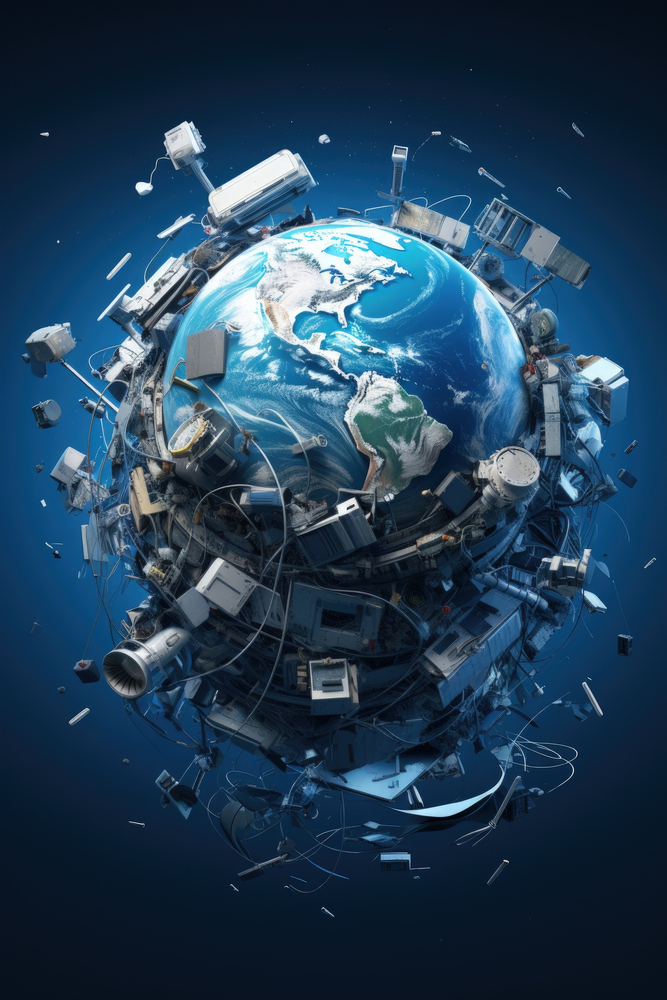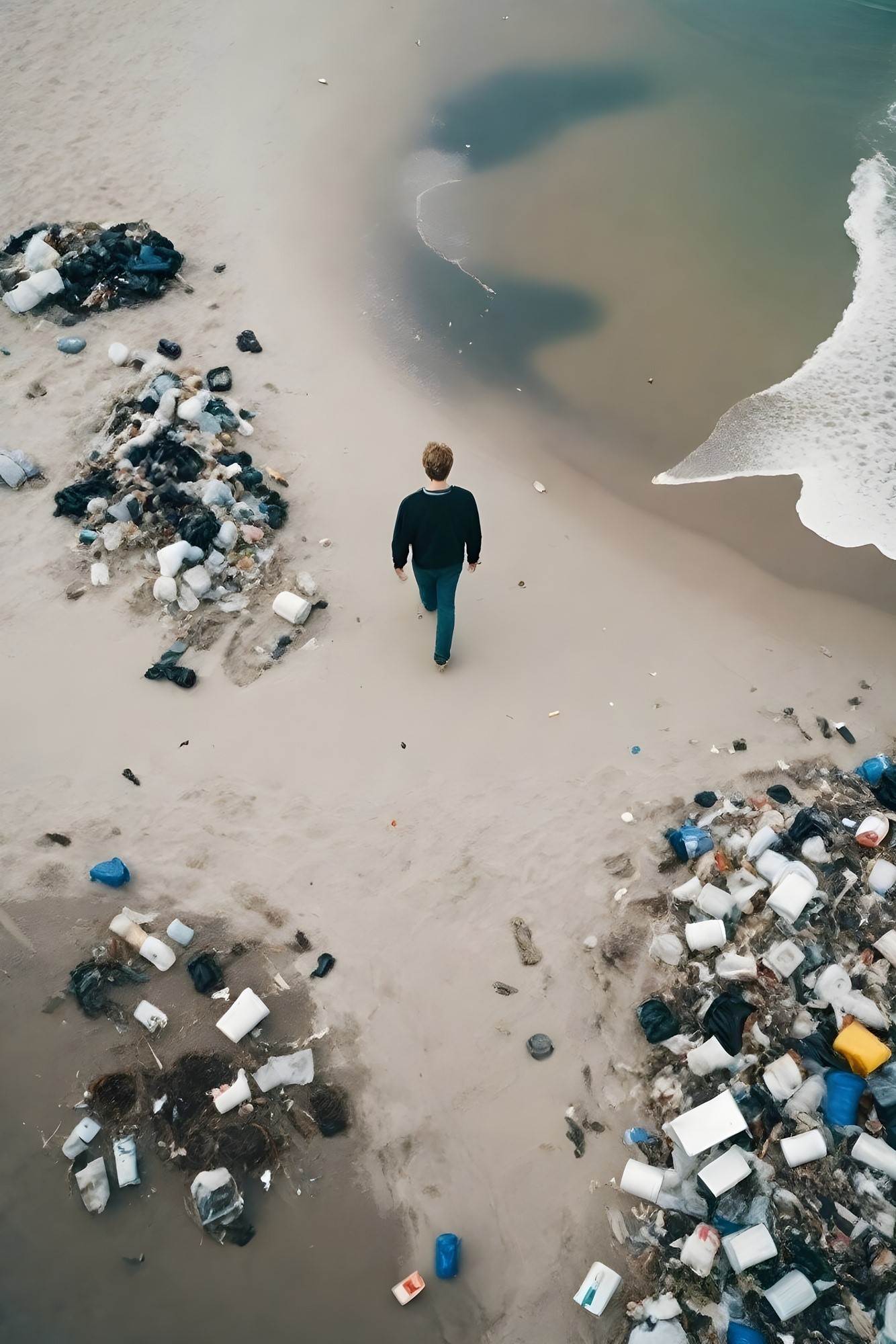
In today's rapidly changing digital landscape, technology is advancing at an incredible pace. Each year, countless smartphones, laptops, televisions, and other electronic devices become obsolete and are tossed aside. But have you ever stopped to think about where these gadgets end up when they're no longer needed? The answer is e-waste—an escalating environmental problem that often flies under the radar.


E-waste encompasses discarded electronic devices that have reached the end of their usable lifespan. This can include anything from old cell phones and malfunctioning refrigerators to outdated computers and defective televisions. As technological innovations continue to soar, e-waste is piling up at a worrying pace, creating significant environmental and health hazards.
How E-Waste Harms the Environment
1. Toxic Chemical Pollution
Hazardous substances such as lead, mercury, arsenic, and cadmium are present
within electronic devices. These toxins escape from landfills into the soil and
water systems where they harm ecosystems and endanger wildlife and human health.
2. Air Pollution from Burning E-Waste
Several developing nations resort to burning electronic waste to recover
precious metals including gold and copper. The burning of e-waste generates
toxic pollutants such as dioxins and furans that lead to air pollution and
respiratory diseases.
3. Non-Biodegradable Waste Accumulation
Electronic components resist natural decomposition unlike organic waste. The
long decomposition times of plastics and metals in e-waste create persistent
pollution problems that last for centuries.
We need action from governments, businesses and individuals to address this expanding emergency. The following strategies will help us minimize electronic waste production:
Discover certified e-waste recycling centers near you to ensure proper disposal of outdated electronics. Take-back programs offered by manufacturers and retailers provide safe recycling options for electronic devices.
Think about repairing or upgrading your existing device before purchasing the newest gadget. The practice of utilizing electronic devices over extended periods helps to lessen the total amount of e-waste we produce.
If your existing gadgets remain operational then think about donating them to charities, schools or organizations that need them. Online platforms serve as a medium for reselling working electronics to provide them with new uses.
Look for brands that are really into eco-friendly ways of making things and that run good recycling programs. Actually, quite a few companies these days are making gadgets that are easier to fix and recycle later on.
E-waste is a huge problem that we can't ignore any longer. But if we're smart about how we buy, use, and get rid of our electronics, we can do a lot less harm to the planet and make things better for people in the future. We've all got the power to fight e-waste – let's do the right thing and work towards a cleaner, greener world.
Do you want to help out? A great first step is to recycle your old devices right now and tell everyone you know about being responsible with e-waste. Pass this blog along to your friends and family so they can do their part for a healthier planet too!